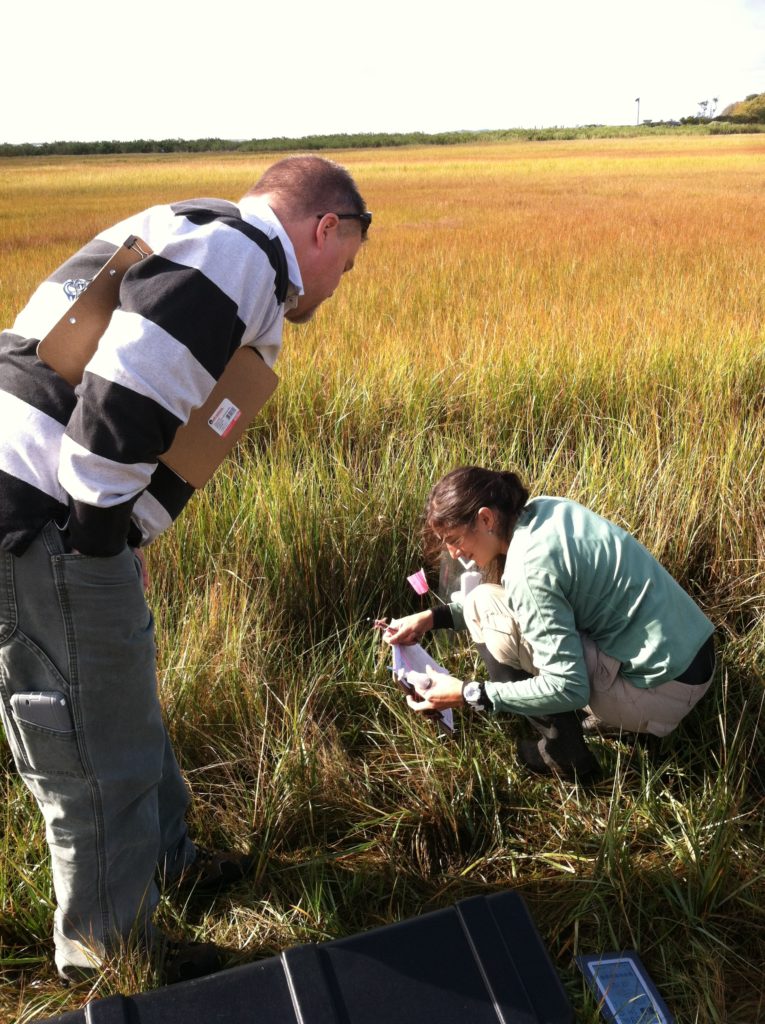Floristic Quality Assessment
The Floristic Quality Assessment (FQA) is a robust, botanically based method for assessing the quality of ecological communities and natural areas. Integral to the method is that each native plant species in a state or region is assigned a Coefficient of Conservatism, or C value, based on its response to stressors. Species of high C values (7-10) are expected to be largely restricted to areas with minimal anthropogenic disturbances or adapted to unique natural conditions (including natural disturbances), whereas species with low C values (1-3) are expected to be largely found in ruderal or highly degraded habitats. Exotics typically receive a 0. In the Northeast Region (including six New England states and New York), C values were completed at the state level in 2011, whereby every species in each state was assigned a C value based on statewide “average behavior.” But jurisdictional units are not optimal for addressing changes in species behavior. For this reason, the EPA and NEIWPCC supported the development of ecoregional C values, including in the Northeast.
Botanists were asked to assign CoC according to this basic set of criteria:
| CoC | Criteria |
| 0 | Non-native with a wide range of ecological tolerances. Often these are opportunistic invaders of intact undisturbed habitats. |
| 1 to 2 | Native invasive or widespread native that is not typical of (or only marginally typical of) a particular plant community; tolerant of anthropogenic disturbance. |
| 3 to 5 | Native with an intermediate range of ecological tolerances and may typify a stable native community, but may also persist under some anthropogenic disturbance. |
| 6 to 8 | Native with a narrow range of ecological tolerances and typically associated with a stable community. |
| 9 to 10 | Native with a narrow range of ecological tolerances, high fidelity to particular habitat conditions, and sensitive to anthropogenic disturbance. |
In addition, botanists were instructed to think about the statewide ecological tolerance against disturbances and stressors occurring outside of the environmental variation to which the species is evolutionarily adapted. A species that needs periodic or annual disturbance (e.g., fire) may still be highly conservative.

The full final report (2018) is available here, along with C-value database here, and a YouTube webinar presentation is available here.
A revised 2022 report, entitled Enhancing Northeast Wetland Monitoring and Assessments with Ecoregional FQA Metrics, can be found at the NEIWPCC Resource Library.
Contact NEIWPCC for more information.
